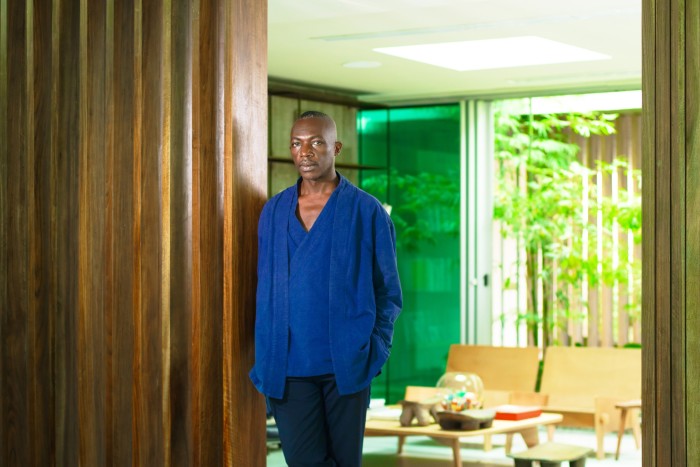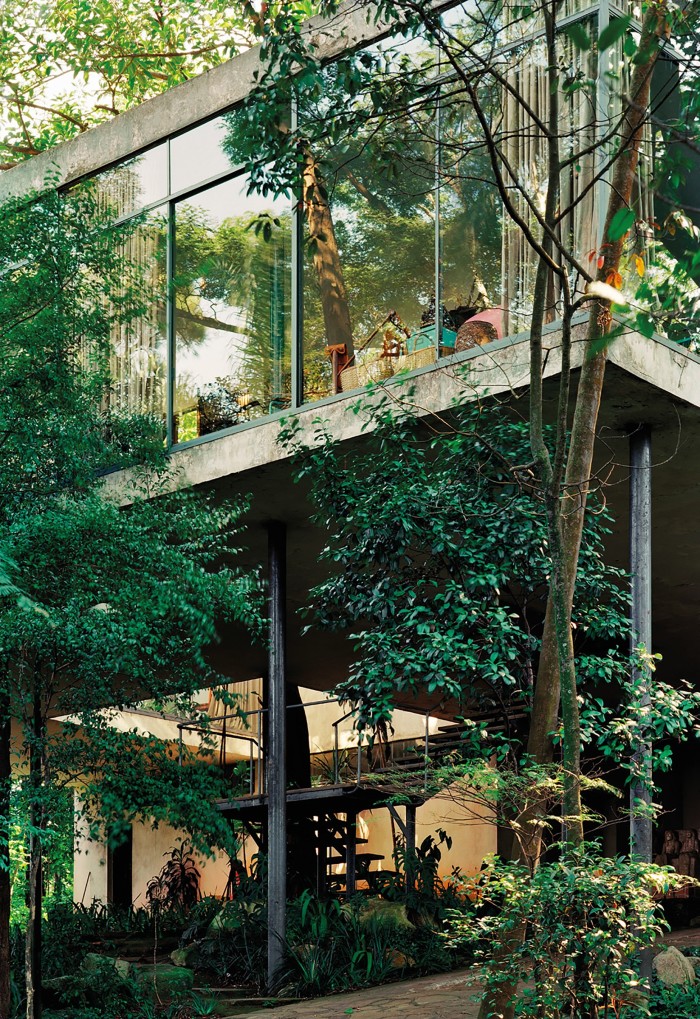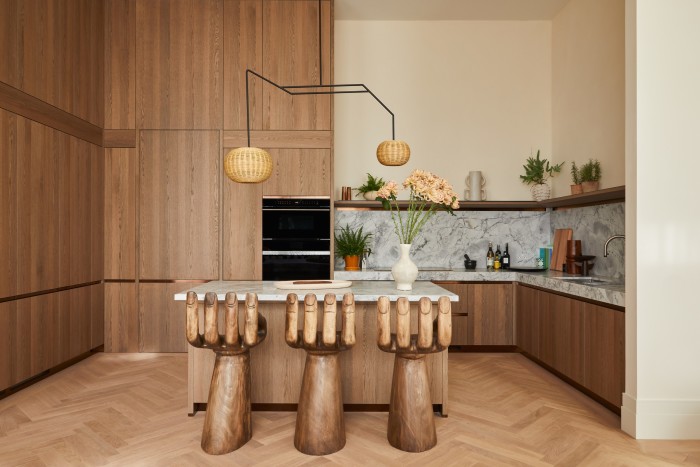HTSI editor’s letter: the A to Z of awesome architecture

Roula Khalaf, Editor of the FT, selects her favourite stories in this weekly newsletter.
Firstly, I am delighted in this first November issue to welcome back columnist Laila Gohar, who has returned after a short absence following the birth of baby Paz. She describes her maternity leave as having lasted “aeons”, but compared to European mothers, I would say her leave was pretty quick. The fact that she’s prepared to fill her house with partygoers already suggests a braver soul than I.

In her comeback How To Host It column, Laila opts for an easy fix: buying a giant jamón ibérico to carve on site and serve on salvers to her guests. Laila’s mantra, as I understand it, is that hosting should never stress you out. As she reminds us, you can be an absolutely diamond hostess yet not know how to boil an egg. Laila’s own parties always look delicious; moreover they are full of heart. The portrait of her sipping wine while bottle-feeding a sockless Paz suggests she’s got the mood just right.

This week’s issue also includes our 25-page property special, focused on what you might call indigenous design. Architects Guillaume Koffi and Issa Diabaté (our cover subject), are proposing some of the biggest and most ambitious building projects around Ivory Coast, and in doing so have rejected many assumed architectural habits to offer more environmentally intelligent solutions of their own. In particular, Diabaté uses traditional bamboo sticks to increase the natural airflow throughout the house. “Such is the efficiency of the cross-ventilation in Diabaté’s own homes that he doesn’t use air conditioning,” writes Joe Penney, who describes the architect’s Bambou beach home in Assinie as “a testing ground” to push his more radical ideas. He’s now developing those ideas for future projects, including the 226-unit mixed-use Abatta Village project, and a 20,000-unit social-housing project in Benin.

Meanwhile, in Brazil, designers are drawing on the legacies of antecedents such as Lina Bo Bardi and Oscar Niemeyer to inform a new expression of Brazilian modernism. Like the work of Koffi & Diabaté, many of these designs are also based on the realities of living in a climate where certain building materials are more abundant, or, conversely, more scarce. As Mark C O’Flaherty discovers, fibres from the Tucum palm, ipê and maçaranduba wood are helping create a new chapter in modernist design.

Like many west Londoners, I’ve been tracking the changes at Whiteley’s, in Bayswater, for several years: the majestic shopping emporium once rivalled Harrods as a destination but has fallen out of fashion with shoppers and pleasure seekers in recent decades. When I passed it last spring, the entire building had been razed and all that remained was the thin skein of its original wedding-cake façade. Lisa Freedman has taken the first peek at what’s to come as it creeps towards completion: it will contain 139 luxury apartments, a new retail space and the UK’s first Six Senses hotel, with a 21,500sq ft spa. Finchatton, which has overseen the project, wants The Whiteley to be the linchpin of a new urban village; I’m intrigued to see whether this long-neglected corner of the capital can become a centre of gravity once again.
For the best of HTSI straight into your inbox every week, sign up to our newsletter at ft.com/newsletters
Comments